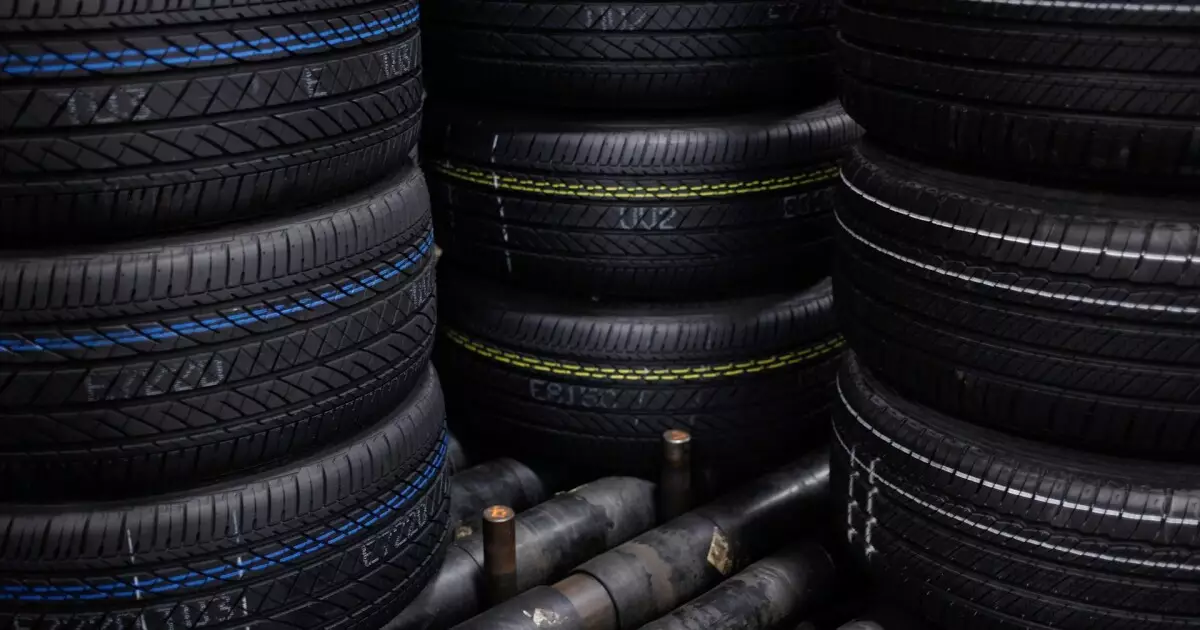An ambitious endeavor is unfolding in the Oklahoma heartland, where the Salina Economic Development Authority is set to issue a staggering $1.15 billion in high-yield bonds for the construction of a state-of-the-art tire factory. This venture represents not just a local economic boost but a notable experiment in municipal finance, raising questions about the appetite of investors in a market that has become increasingly enamored with high-risk, high-reward assets. The tire factory, managed by American Tire Works, a Finnish offshoot, and supported by Finnish consulting experts from Black Donuts Inc., is seen as a bold move to reinforce American manufacturing, yet it embodies a high-stakes gamble for bond investors.
The Alarming Nature of Unrated Bonds
What sets this bond issue apart is its unrated status, a label that inherently signals caution to prospective buyers. With capital markets becoming more volatile, especially in uncertain economic climates, unrated bonds offer a double-edged sword: they promise potentially high returns but come shrouded in significant risks. Backed primarily by the revenue generated from tire manufacturing, the security of these bonds poses a critical dilemma for investors. Are the potential returns worth the risk of financial instability? Investors will need to scrutinize market conditions meticulously before making their choices.
Yield Potential versus Credit Concerns
The allure of high yields is undeniable; the prospect of an 8% coupon and an 8.46% tax-free yield may seem tantalizing, especially when benchmark muni yields are creeping upwards. Yet, prospective investors must ask themselves: can they stomach the risks associated with such an investment? Chad Farrington from DWS Group notes the expectation surrounding high-yield debt amidst market fluctuations. While the anticipated yield is appealing, it must be coupled with an evaluation of market volatility, which has elevated benchmark muni yields by approximately 30 basis points. The swelling tide of economic uncertainty creates a precarious backdrop, urging investors to tread carefully.
Market Trends and Buyer Sentiment
However, it isn’t all doom and gloom. The continuous demand for high-yield bonds may bolster the appeal of this $1.15 billion issuance. As observed in the current financial landscape, high-yield municipal bonds have outperformed their investment-grade counterparts—beating them by about 0.65 percentage points this year. This race towards high-yield assets, fueled by robust inflows into high-yield funds, underscores a significant shift in investor sentiment. Although recent market volatility has resulted in higher pricing, many investors appear unfazed, eager to dive into deals that promise elevated yields despite inherent risks. Farrington highlights that the size of this bond deal serves as a beacon for risk-tolerant investors, especially considering the scarcity of large-scale high-yield transactions.
An Economic Development Perspective
From a broader economic perspective, the establishment of this tire factory is projected to be a game-changer in the region, potentially creating 500 new jobs and facilitating the production of 4.3 million American-made tires annually. This prospect aligns with a growing desire to bolster domestic manufacturing and reduce reliance on foreign supply chains—a sentiment that has gained traction in recent years. While the financing model through the Public Finance Authority illustrates how private companies can tap into tax-exempt municipal debt markets, the very act of investing in such facilities signals more than mere economic ambition; it points to a collective hope for revitalization in American industry.
The Road Ahead: A Test for Investor Resolve
As the deal’s pricing nears—now expected around March 26—investors are looming, weighing the risks and rewards of engaging in this historical opportunity. The evolving landscape of municipal finance calls for clear-sighted assessments and inevitable introspection regarding what we value as a society. In a world where risk is often equated with opportunity, the question remains: will the venture into high-yield municipal bonds prove to be a bullish turning point, or a gamble fraught with peril? The answer depends on the willingness of investors to embrace both the promise of their returns and the serious risks that come along with them.


Leave a Reply